#ussr history
Text
happy 89th birthday to Boris Volynov !! he is the last of the first cosmonauts and the first jewish person to go in space as well as one of my favorite cosmonauts (with yuri gagarin, sigmund jähn, arnaldo tamayo and valeri bykovski) and a great inspiration since i was little !!
💙🌌🚀✡️👨🏻🚀💙










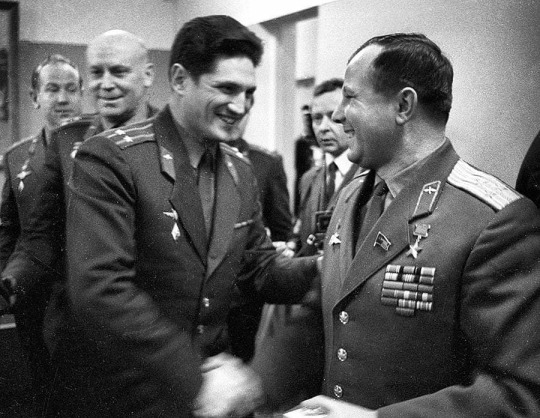
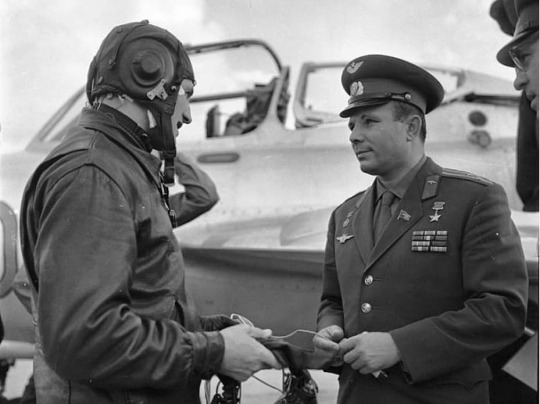


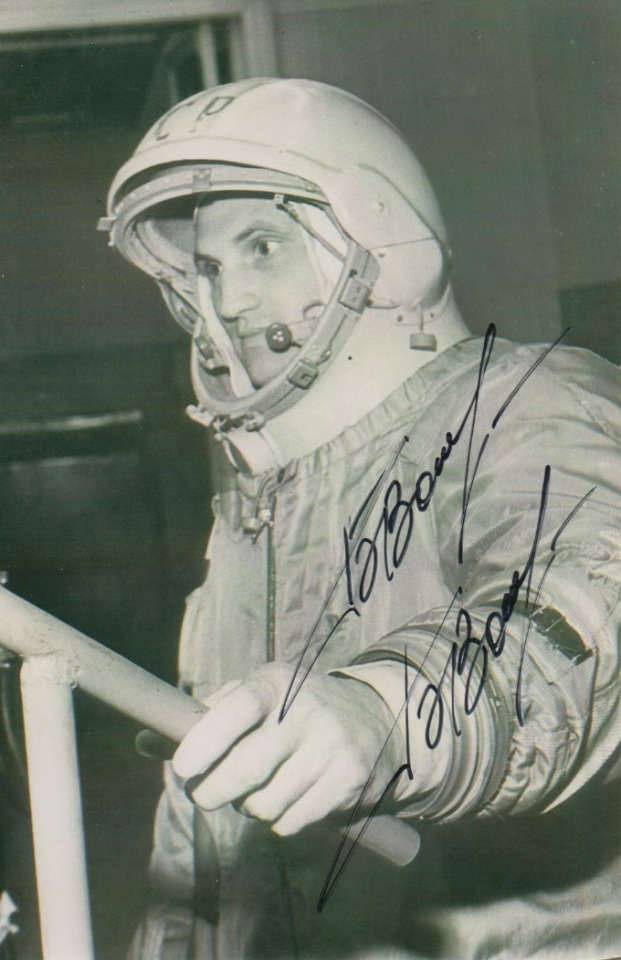

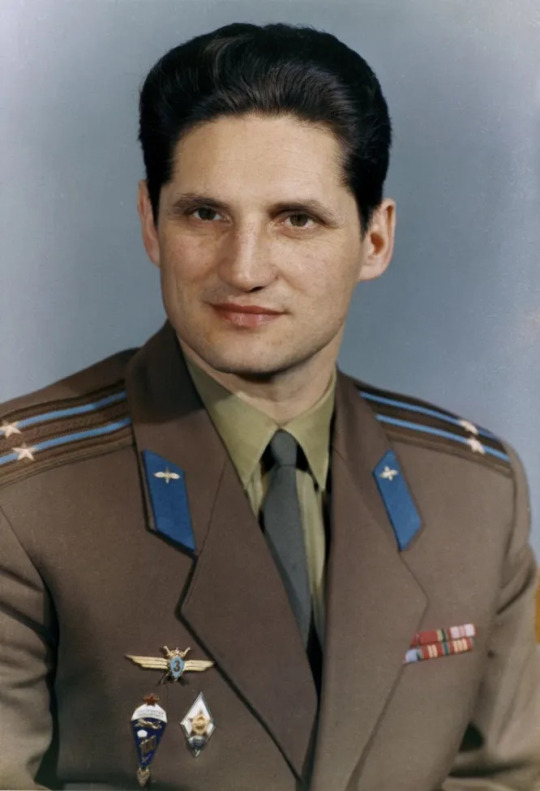






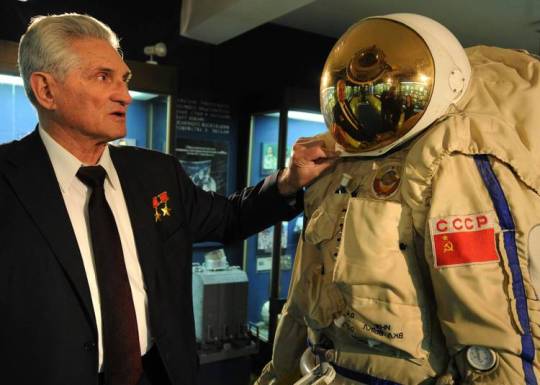
#boris volynov#sophia talks#personal#cosmonaut#urss#ussr#ussr history#soviet union#jewish stuff#jewish history#jewish#judaism#jumblr#jewblr#jewish culture#astronaut#spationaut#russian history#bref jewish men >>>#Борис Волынов#jews in space
228 notes
·
View notes
Text
I wish more people read. Of course there were citizens within the USSR who despised Stalin and the CPSU and even called for their deaths, however this was a minority and often those who opposed the CPSU sympathized with either the Tsar or unfortunately Hitler, claiming that Hitler would liberate them.
Stalin and the CPSU enjoyed a majority of support from the citizens much to the chagrin of Liberals. Those who sympathized with Stalin and the CPSU often cited women's and national minority rights, worker protections and benefits, improving healthcare and nutrition and overwhelmingly access to education as reasons for their support. Those who were in opposition cited issues such as lack of consumer goods, lack of variety of consumer goods, unfair economic practices (such as welfare for the very poorest), the State's atheist sentiments, and the expansion of rights to national minorities including (and especially) the Jewish population.
Many Liberals will rush to defend fascism in a heartbeat either without realizing it (which is no excuse) or by lying to themselves as Fascism is preferable to Communism for them.
References :
"Popular Opinion in Stalin's Russia" by S. Davies
"Stalin's Constitution" by S. Lomb
"Life and Terror in Stalin's Russia" by R. Thurston
#leftism#anti capitalism#socialism#anarchy#stalin#russia#ussr#communism#lenin#soviet union#ussr history#world history#russian history#soviet#uss resolute#fuck the ussr#marxism#anti imperialism#marxism leninism#left is best#twitter post#leftist#policy#communist#anarchism#anarchocommunism#liberals#liberalism#woke liberal madness#liberal hypocrisy
349 notes
·
View notes
Text
You know, russians have already done the same thing 1941, when they retreated and blew up Dnipro HPP. This was supposed to kill the nazis and stop their advancement.
There was no evacuation announced. Around 20 000-100 000 red army soldiers and local civilians and a very small number of nazi soldiers died. The nazis still advanced. The operation was personally approved by Stalin.

243 notes
·
View notes
Text
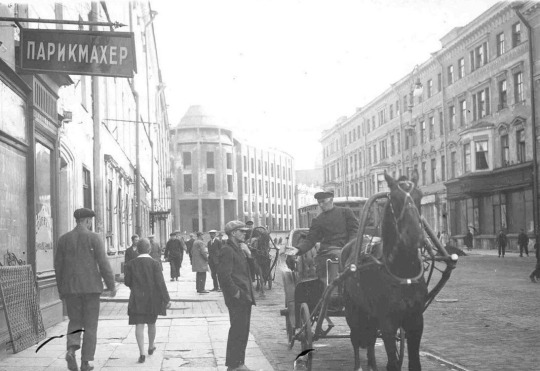
Saint Petersburg, 1930s
50 notes
·
View notes
Text
A few more photos of actual grocery stores in the Soviet Union during Socialism:
As one can quickly see, there were neither breadlines, nor mass rationing in normal times.

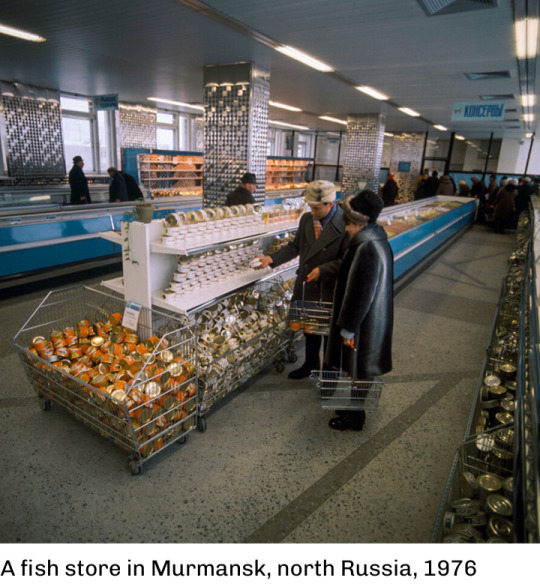

However, once Capitalism began to be re-introduced in 1985, the Soviet system quickly unraveled, leading to the breadlines famous in photos like this one from 1988:
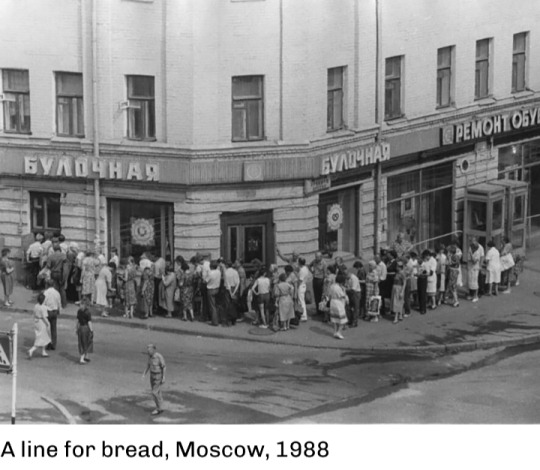
#ussr#ussr history#grocery shopping in the ussr#soviet breadlines#socialism#socialist politics#marxism leninism#communism#communist#socialist#marxist leninist#marxism#progressive politics#soviet union#soviet history
212 notes
·
View notes
Text
The first video of the Chernobyl plant after the accident. The red glow inside the reactor building is the red hot graphite inside the core of the reactor.
To learn more, check out this post.
#chernobyl#radiation#accidents and disasters#history#disaster#chernobyl hbo#reactor#nuclear reactor#nuclear disaster#helicopter#autism#aerial footage#nuclear#pilot#nuclear power#fire#soviet union#ussr (former soviet union)#ussr#ussr history#disaster footage#soviet#chernobyl disaster#chnpp#explosion#dangerous#actual footage
165 notes
·
View notes
Text



- Serhii Plokhy "The Gates of Europe - History of Ukraine"
#ukraine#ukrainian history#history#serhii plokhy#ussr#genocide#communism#ussr history#soviet history#joseph stalin#chernobyl#chornobyl#nuclear power
137 notes
·
View notes
Text
Anti-Zionist Jews aren’t “Kapos”
We’re not in prison camps. Anti-Zionist Jews aren’t administrators with any authority or power over us. Kapos were individuals who collaborated with the SS because they were trapped & would do anything for their own personal survival, even turn on other Jews; Anti-Zionist Jews, in contrast, aren’t motivated by a selfish “kill-or-be-killed” drive for survival, but driven by genuine ideological opposition to Zionism.
This is not to suggest they cannot have internalized antisemitism, and/or feel pressured to overlook or tolerate or even participate in antisemitism—they frequently do. But as the Jewish arm of a leftwing political movement, there’s actually a historical example that makes a much better comparison: the Yevsektsiya.
The Yevsektsiya was the Jewish wing of the Soviet Communist Party in Russia, formed to radicalize more Jews into the Soviet political project. Many of its members were already hostile to Zionism, but quickly escalated to decrying Zionism as “counter-revolutionary” and even calling for its “total liquidation” and collaborating with the Cheka to disrupt Zionist meetings.
For a while, Ashkenazi/Yiddish culture boomed in Russia due to conditional Soviet support—often under the condition that they downplay & marginalize traditional, religious, and Zionist elements of Jewish culture in order to toe the Soviet line, which many Jews tacitly embraced, but increasingly began to feel uncomfortable with as they took stock of what they were participating in. But the momentum was already there. The Soviets pushed to “de-Semiticize” Yiddish, marginalized Hebrew, and expanded persecution of Zionism to Judaism as a religion, eventually even including secular, ethnic Jews. The Yevsektsiya collaborated with this anti-Zionist (and eventually anti-Jewish) crusade every step along the way until they were no longer needed, and then they were disbanded, and hunted down, and executed under false pretenses of being part of a “counter-revolutionary” fifth column.
In the end, the Yevsektsiya did not succeed in “liquidating Zionism”; they merely made Russia even less safe for Jews, providing motivation for Jews to embrace Zionism, before they themselves were “liquidated”.
This should not be taken as a chill on all criticisms of Israel or Zionism, or to paint all Anti-Zionists as antisemites. But when you point to the long tradition of Jewish Anti-Zionism to prove you aren’t internalizing antisemitism for being part of that tradition, it is important to remember that the Yevsektsiya is part of it too, and you need to take that seriously, take every precaution in what you say and do and who you link arms with, and make damn well sure your criticisms of Israel do not carry that part of the Anti-Zionist tradition forward into the present.
#antisemitism#i/p#jumblr#Yevsektsiya#Zionism#Anti-Zionism#Judaism#USSR History#Jewish History#Jewish
49 notes
·
View notes
Audio
after a bath, a play with her trainer’s child, and a kiss on the nose, laika was sent up to orbit in sputnik 2.
"Laika was quiet and charming ... I wanted to do something nice for her: She had so little time left to live." -Vladimir Yazdovsky, medical scientist
her satellite transmitted for 7 days on the frequencies 20.005 MHz and 40.010 MHz. enclosed is the recording of Laika’s heartbeat before passing away from overheating.
did she die for her country, for the progress of humanity and space exploration? some say she did. it made no difference to little Laika, floating in the great expanse of space above, peering down through the satellite’s single window, built just for her; the shaggiest, lonesomest, goodest girl in the world.
“Work with animals is a source of suffering to all of us. We treat them like babies who cannot speak. The more time passes, the more I'm sorry about it. We shouldn't have done it ... We did not learn enough from this mission to justify the death of the dog.” -Oleg Gazenko, leading scientist, and Laika’s trainer
#laika#soviet space dogs#history#tw animal death#in my masters science writing paper we had to pick a scientist to study throughout the semester#and instead of a scientist i did laika.#i wrote a few books about her. one of them was an e-book and the last page is just black except for this audio recording#and i never cried so much as uni during that semester. memories of listening to this in the med library just sobbing my eyes out#she was the best girl but i wish she wasnt. she never had to be#personal#dog#ussr history#it's the anniversary so i thought i would post this#even though it physically hurts me to listen to
358 notes
·
View notes
Text


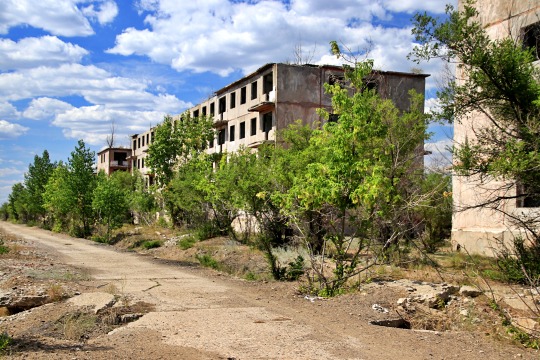
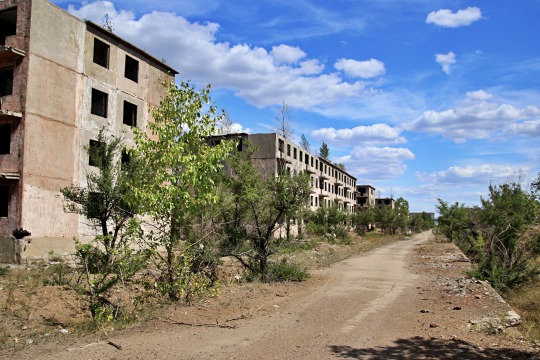
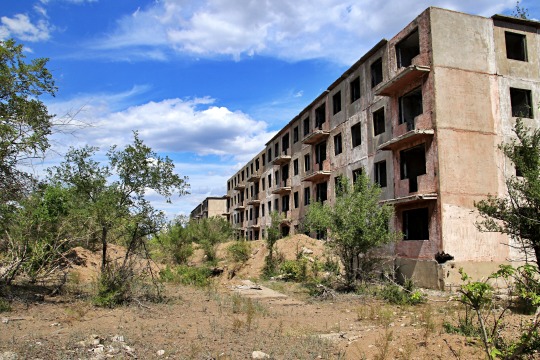

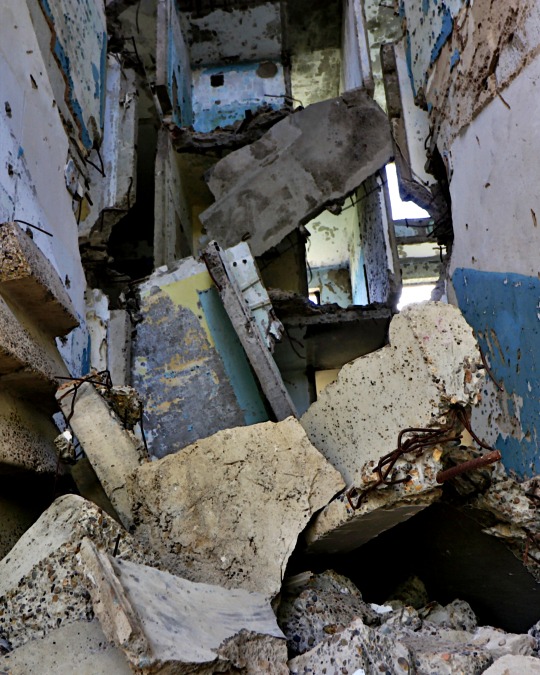
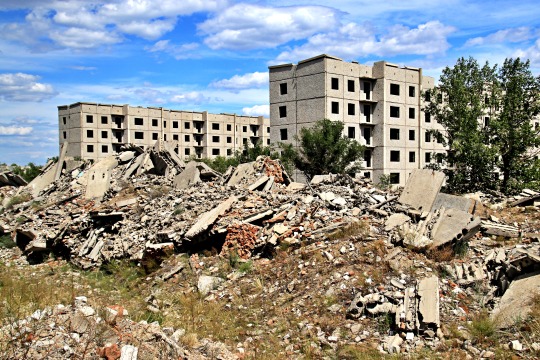


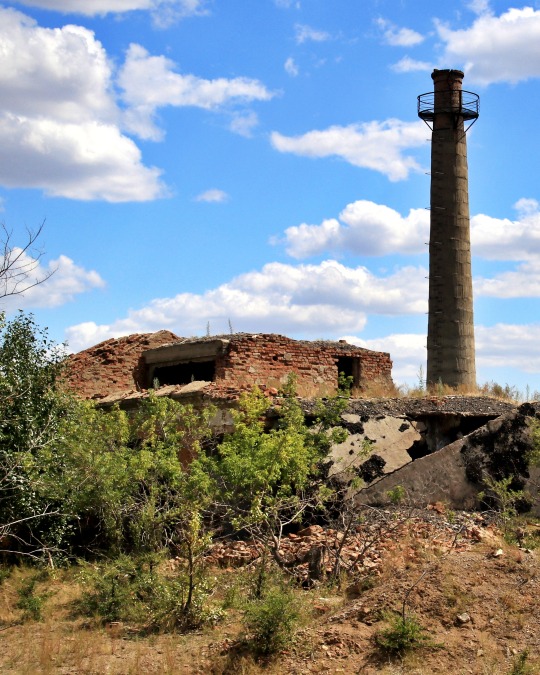

post-soviet nuclear ghost town Chagan ( Kazakhstan )
#travel#travelphotography#photooftheday#adventure#trip#aroundtheworld#explore#pickoftheday#abandoned buildings#abandoned places#abandoned#urbexphotography#urbex#urbexplaces#urbexworld#urbexexploration#soviet union#ussr#ussr history#world history#lost places#kazakhstan
14 notes
·
View notes
Text

#antifascist#revolution#protest#anarchism#anarchy#genocide#hate crimes#anti semitism#death penalty#conservatism#refugees#us history#vatican#population#world history#ussr#uss resolute#ussr history#soviet union#soviet#countryhumans ussr#fuck the ussr#russian history#stalin#communist#socialism#marxism#leftism#marxism leninism#anti imperialism
106 notes
·
View notes
Text
lesbian yuri pfps (i will use one for my twitter account at some point) i made on canva because he is technically a lesbian to me, just like every man called "yuri".
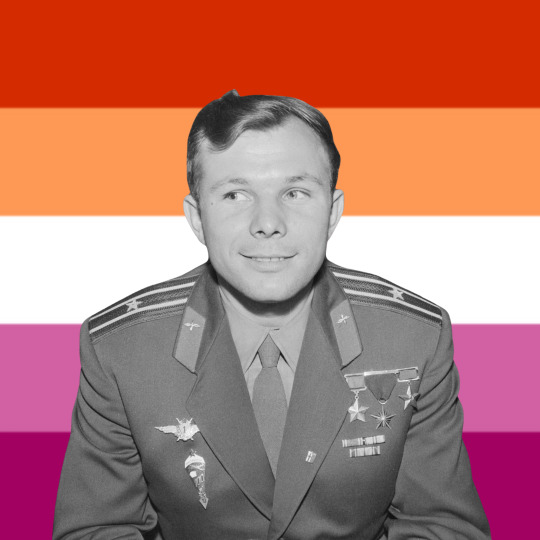



nothing i do gets really viewed by people but i say this just to be sure : if you decide to use them (these ones specifically) i would appreciate if you tagged me.
#sophia talks#personal#lesbian stuff#lesbian#yuri gagarin#soviet union#cosmonaut#cosmonauts#yuri#ussr#ussr history#urss#i love him so much !!#he is the loml#the only man ever
10 notes
·
View notes
Text

Exactly a month ago, we celebrated the birth of one of the most influential and outstanding people in the USSR, Sergei Parajanov.
Sergei Parajanov (January 9, 1924 – July 20, 1990) was an Armenian film director and screenwriter who invented his own cinematic style which was out of step with the guiding principles of socialist realism, the only sanctioned art style in the USSR. This, combined with his lifestyle and behaviour, led Soviet authorities to repeatedly persecute and imprison him and suppress his films.
He was born as Sarkis Hovsepi Parajaniants in Tbilisi, Georgia to artistically-gifted Armenian parents, Iosif Parajanov and Siranush Bejanova. He was an incredibly talented person who had the ability to show you the beautiful colors of the world, take something uninteresting and unattractive and transform it into something magnificent and breathtaking. Parajanov's films are full of allegories and metaphors, small important details that one might miss easily if they are not familiar with the eccentric worldview and borderless, unlimited imagination of Sergei. Some of my absolute favorite films directed by him include: "Ukrainian Rhapsody" (1961), "The Color of Pomegranates" (1969), "The Legend of Suram Fortress" (1985)...
He died on 20th of July, 1990 in Yerevan, Armenia at the age of 66 because of the lung cancer.
In a 1988 interview he stated that, "Everyone knows that I have three Motherlands. I was born in Georgia, worked in Ukraine and I'm going to die in Armenia."
#thoughts#writing#literature#writers and poets#film#filmography#film director#director#sergei parajanov#the color of pomegranates#movies#ussr (former soviet union)#ussr#ussr history#artists#art history#art in the ussr#armenian#yerevan#tbilisi#georgian#cinema#cinematography#Parajanov's legacy#60s#80s#art#filmmaking#You should definitely watch some of his films#I promise you won't be disappointed
9 notes
·
View notes
Text





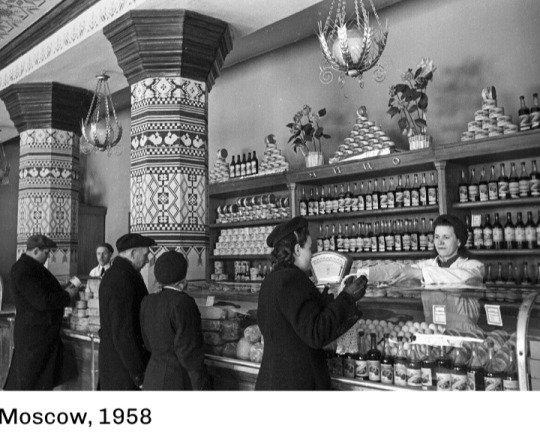

For those people who seriously believe the Soviet Union was filled with nothing but breadlines and food rationing, these are photos of various grocery stores in different towns and cities across the Russian SSR.
As is clear from the photos, no there were no "breadlines", no rationing in normal times, just your typical, fully stocked, state-run grocery store.
#ussr#ussr history#grocery shopping in the ussr#socialist politics#marxism leninism#communism#communist#socialism#marxist leninist#marxism#progressive politics#socialist#soviet history#soviet union
88 notes
·
View notes
Text
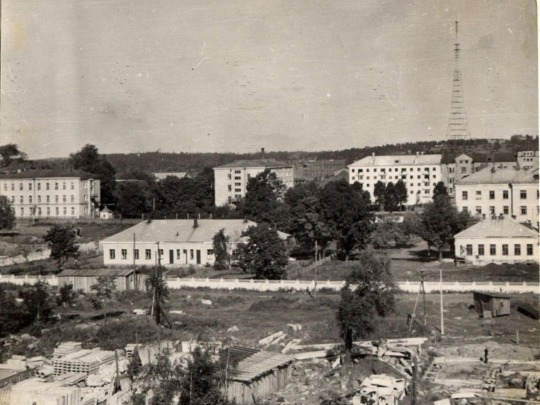
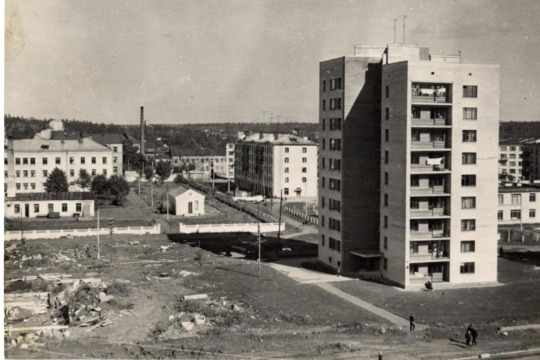
Vyborg, Leningrad oblast, 1967 | Ph: N. Nikolikhin
10 notes
·
View notes
Text
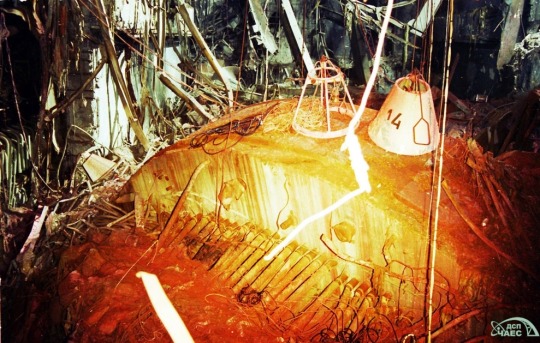
A photo of the 2,000 ton upper biological shield of Chernobyl Reactor 4 after the 1986 disaster.
The reactor cover, shown here in its final resting position, is a circular stainless steel structure seventeen meters across and three meters deep. To keep radiation from the core to a minimum in the reactor hall, the structure was filled with pebbles of serpentinite, a neutron absorbing material. It was labeled as “Structure E” in diagrams of the station, and was affectionately known by plant personnel as “Elena”. Held in place almost exclusively by gravity, the steam explosion in the early hours of April 26th blew Elena off the top of the reactor and flipped partially onto her side. She is still in this position today, resting at about 15 degrees. The piping seem emerging from the bottom of the structure are fuel channels, which contained the fuel that gave the reactor life. She also had pipes for cooling and feed water within her. Also seen in this photo are monitoring “bouys” (the white cone labeled ‘14’) which were equipment suites lowered into the reactor hall during the construction of the Sarcophagus to monitor radiation, temperature, and several other conditions to alert scientists if the fuel started another criticality and to send back general data from the inside of the building.
You can find video footage of Elena here

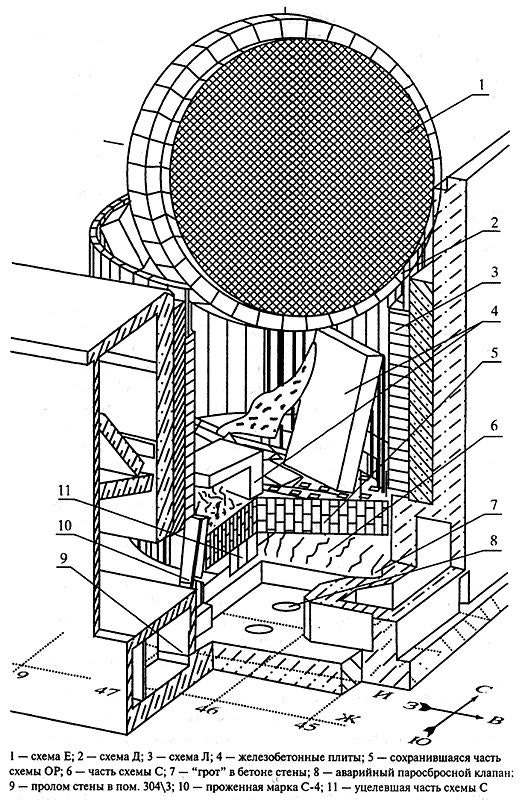
Two diagrams illustrating the current position of Elena within the reactor hall.
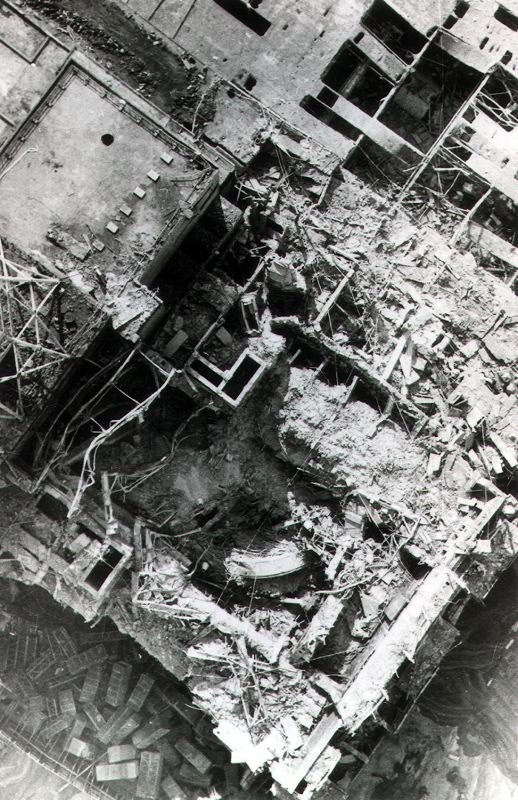
An aerial photo of the interior of the reactor hall during the construction of the Cascade Wall of the Sarcophagus. Elena can be seen in the center of the destruction.
[Image descriptions:
Top image: this is a close up photo of Elena. She sits partially obscured by rubble sticking out of the reactor vessel with her underside exposed to the camera. Hundreds of fuel channel pipes, each about five inches across, stick out of the bottom. They are all ruptured and sheared off due to the explosion. On top of Elena sits a white cone with the number 14 emblazoned on it. This is a bouy used to monitor the conditions in the reactor hall. The background of the photo is the ruined reactor hall. Twisted pipes and other metal pieces sit with a layer of tarnish and char on them, and the concrete walls of the hall are charred as well. The entire scene is extremely eerie, as it is functionally an explosion site that was allowed to sit unchanged for several years.
Second image: This is a cross section diagram showing Elena’s position within the hall, as well as the remaining structure of the plant. The complex warren of rooms and corridors within the reactor building is shown clearly. They are on all sides of the core region, except above.
Third image: A close up diagram of the core region showing Elena and the debris inside the core region, which once held the fuel. It is now empty but for some chunks of concrete and some other rubbles. It is clear that Elena is balanced precariously, as she is essentially a wide flat cylinder wedged between two edges of a slightly smaller, far deeper cylinder.
Final image: An aerial shot of the destroyed reactor hall. The outline of the reactor building is apparent, but it is filled by rubble from the explosion. Elena sits clearly visible in the middle, over the maw of the reactor. Twisted metal and concrete blocks are strewn all over the hall.]
#chernobyl#chernobyl hbo#nuclear#nuclear power#autism#radiation#accidents and disasters#history#reactor#disaster#ussr history#ussr#ussr (former soviet union)#soviet union#soviet
52 notes
·
View notes